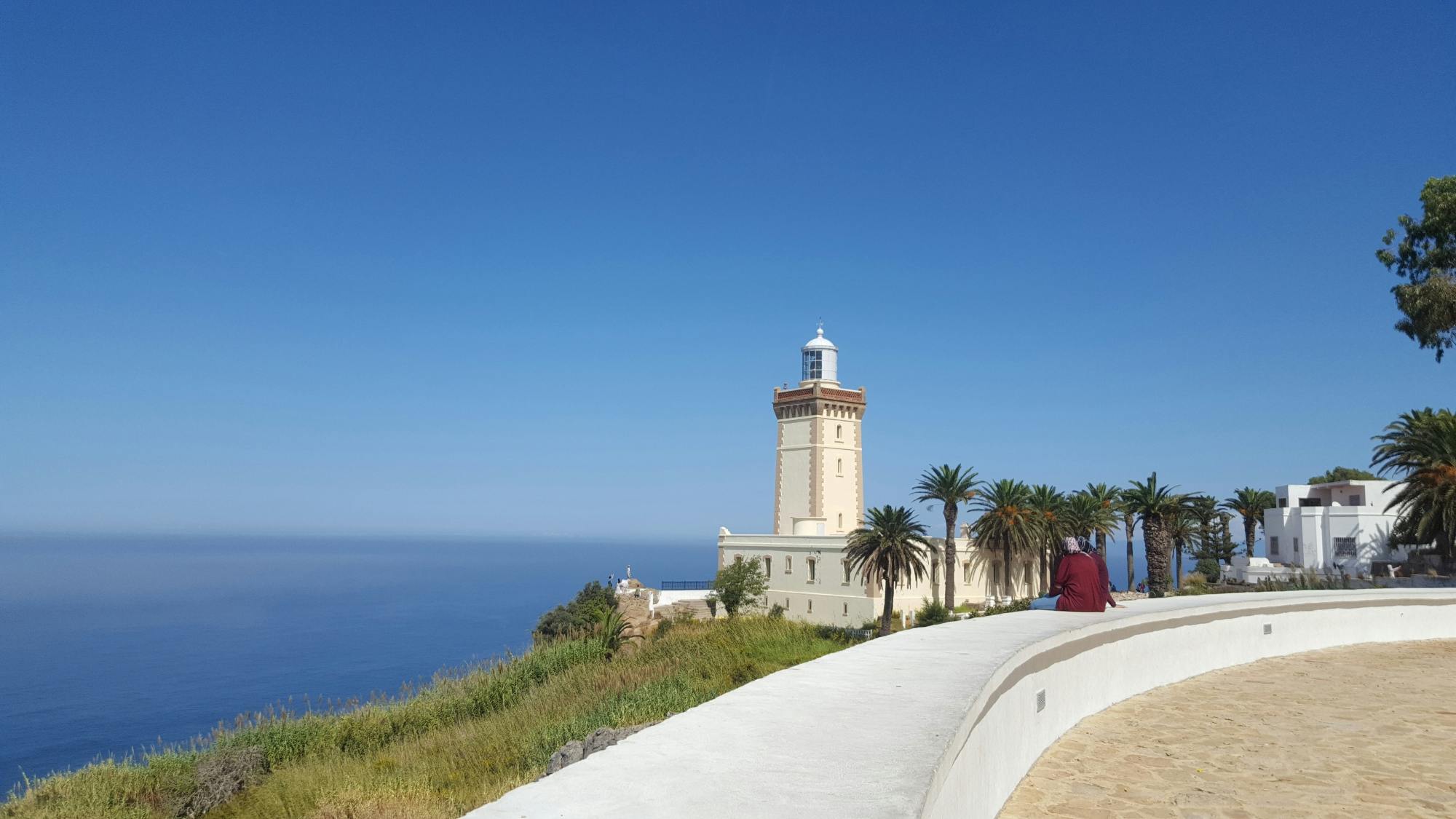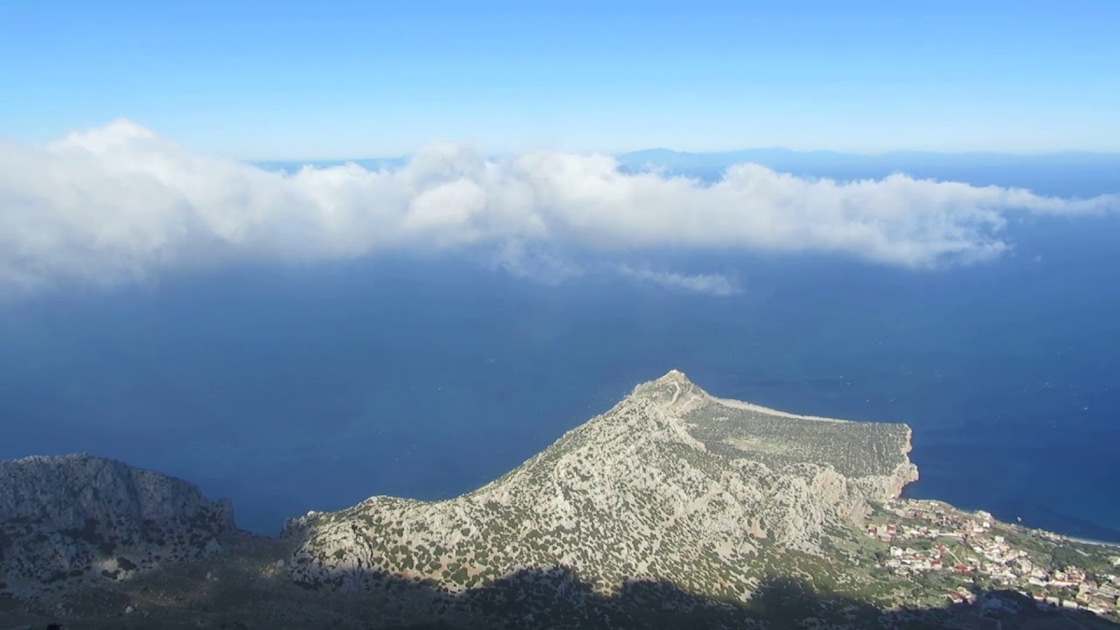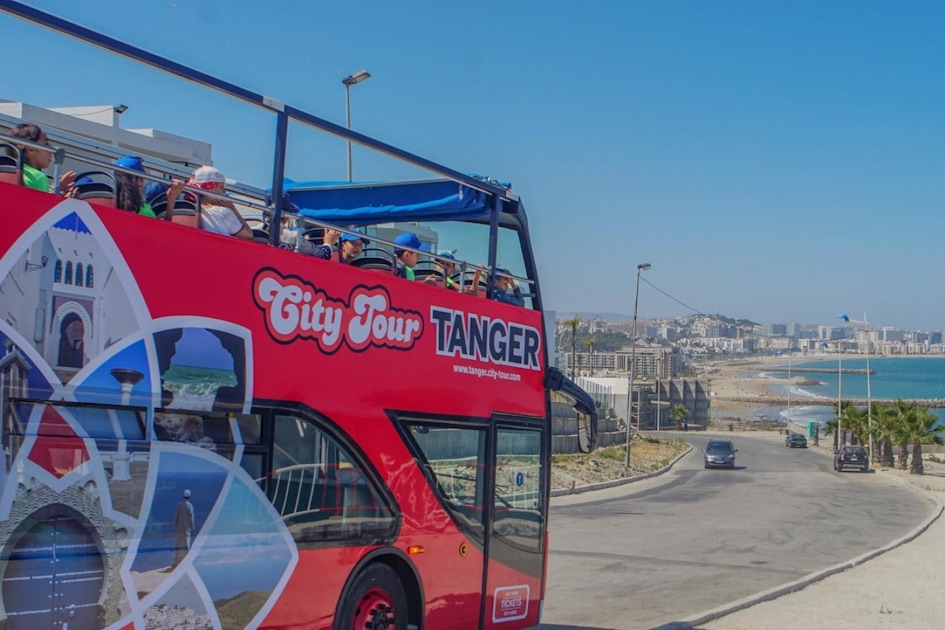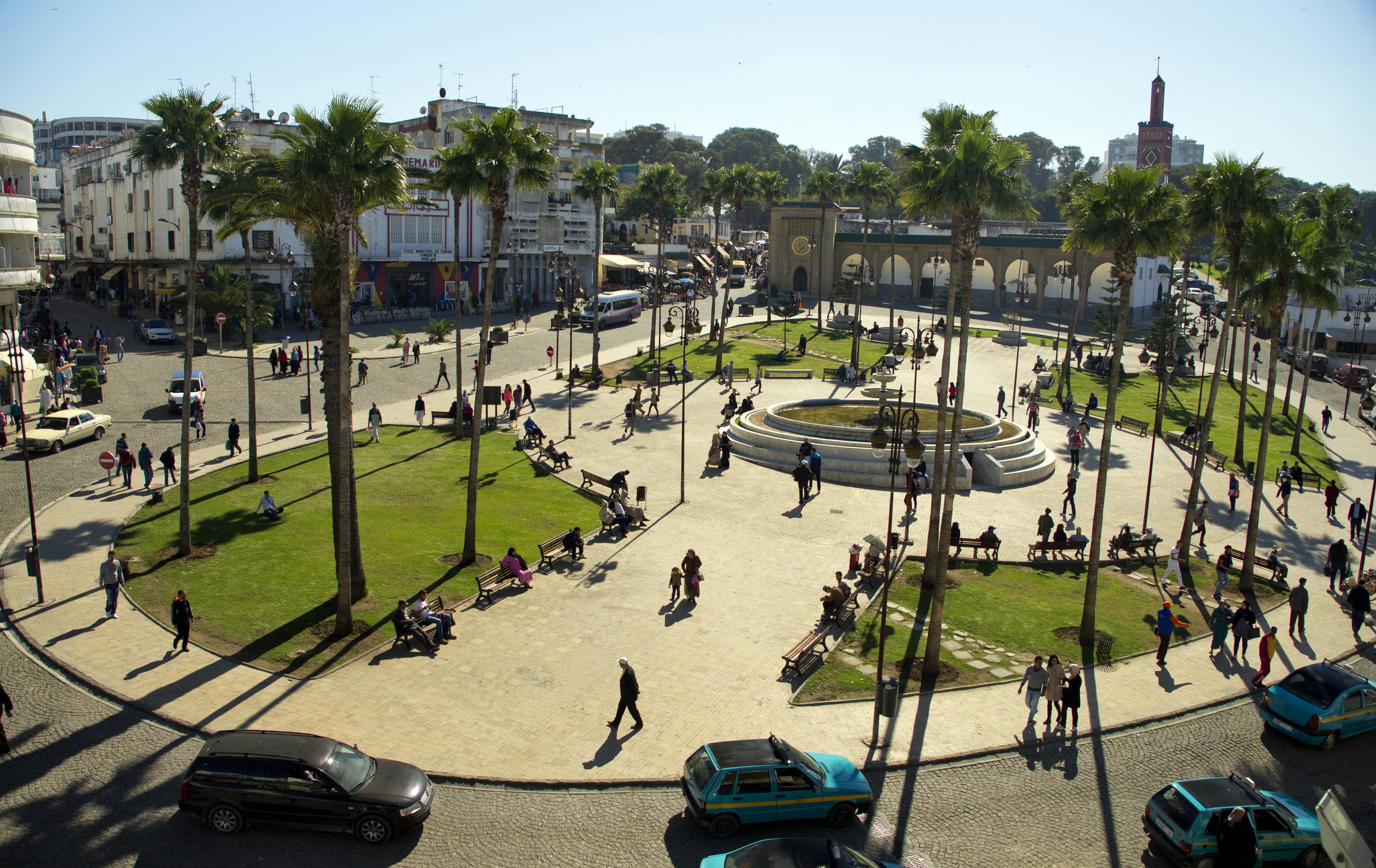The idea of a tunnel connecting the African continent to Europe beneath the Mediterranean Sea has long captured the imaginations of people worldwide. With its potential to revolutionize transportation and foster closer ties between continents, the notion of a tunnel from Tangier Morocco, to Spain has sparked countless debates and speculations. In this article, we delve into the reality behind this fascinating concept and explore whether such a tunnel truly exists.
The Myth and Historical Context:
The concept of an underwater tunnel between Tangier and Spain dates back to the early 19th century. The idea gained momentum during the late 19th and early 20th centuries, when visionary engineers and politicians proposed various plans for a subsea link. However, due to technological limitations and geopolitical circumstances, these proposals remained confined to the realm of dreams.
Current Technological Feasibility:
From a technological standpoint, constructing an underwater tunnel of such magnitude poses significant challenges. While numerous advancements have been made in tunneling technologies, creating a tunnel beneath the Mediterranean Sea, with its vast depths and complex geology, presents a formidable task. Additionally, the extreme pressure exerted by the water column would necessitate the development of innovative construction techniques and materials.
Existing Undersea Tunnels:
It is important to note that while a tunnel specifically between Tangier and Spain does not exist, there are several successful examples of undersea tunnels around the world. Notable projects include the Channel Tunnel, which connects the United Kingdom and France, and the Seikan Tunnel in Japan, linking Honshu and Hokkaido islands. These remarkable achievements in engineering demonstrate that building underwater tunnels is feasible, albeit challenging.
Alternative Infrastructure Projects:
Although there is no tunnel connecting Tangier and Spain, significant efforts have been made to enhance transportation links between the two regions. The most notable example is the Tangier-Med port, inaugurated in 2007. This state-of-the-art port, located near Tangier, has become a major hub for international trade and maritime connections between Africa and Europe. It has greatly facilitated the movement of goods and passengers, contributing to economic growth and regional integration.
The Future Possibilities:
While a tunnel under the sea from Tangier to Spain remains a fascinating idea, its realization depends on a variety of factors. Technological advancements, political will, environmental considerations, and economic viability are among the key determinants that shape large-scale infrastructure projects. It is essential to weigh the costs and benefits, including environmental impact assessments, to ensure any proposed tunnel aligns with sustainable development objectives.
Conclusion:
As of the present time, there is no tunnel under the sea connecting Tangier, Morocco, to Spain. While the concept has captured the imagination of many, the challenges associated with constructing such a massive engineering feat are considerable. However, as technology progresses and global connectivity continues to be a priority, it is not inconceivable that future generations may witness the realization of a subsea tunnel linking Africa and Europe. Until then, alternative infrastructure projects and existing transportation networks serve as vital links between the two regions, fostering cooperation and promoting socio-economic growth.









